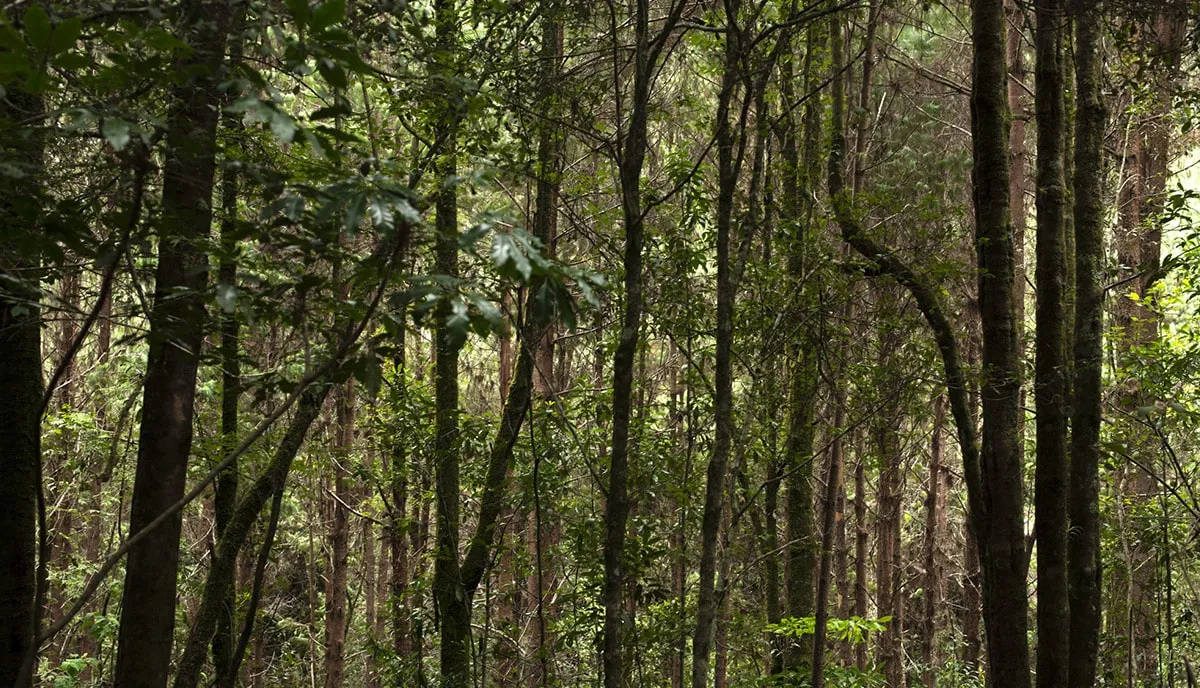Combating the Climate Crisis with the Help of Emerging Technologies



We live in an era of restoration, a stage in which we must correct the mistakes that we as humanity have committed. The relevance of the climate actions we decide to take in the coming years will define the way and the place where we live. Since 2005, when the Kyoto Protocol came into force, industrialized countries committed themselves to reducing their greenhouse gas (GHG) emissions, meeting different goals established in the medium term. The protocol states that the reductions must come from domestic actions, however, the first mechanisms for trading emissions were also created. The now known as Carbon market, is the first mechanism through which assets related to greenhouse gases can be traded. The main asset of the carbon market are carbon bonds or credits and these are measured in tons of carbon dioxide equivalent (tCO2 e). A carbon bond represents one ton of equivalent carbon dioxide not emitted, meaning that it was captured from the atmosphere instead of being released into it. The carbon market aims to enable countries committed to the Kyoto Protocol to be able to count on foreign aid to meet established GHG (greenhouse gas) reduction goals. This, using help from other countries and/or projects through the purchase of carbon credits. There is both a voluntary and a regulated carbon market.
It's not all flowers and colors with the carbon market. Since its implementation, several areas of opportunity have been found. Some of the challenges and opportunities of the carbon market are the following:
Although the challenge to improve the carbon market is not simple, we have important allies that grow exponentially over time. These allies are the technological progress and the digital transformation that we are currently experiencing. Through new technologies, the carbon market can become the climate mechanism that the planet needs. How? In this article, we discuss 3 technological pillars that will help us combat the climate crisis by improving the carbon market.
This first post will serve as an introduction to the 3 pillars, however, I will talk in detail about each of them in future posts on the Toroto blog. I call the first pillar Connectivity and Dissemination and it's probably the simplest and most logical of the technological pillars we'll talk about. We live in an era of instant communication, practically real-time news and digital content that can be easily shared with millions of people. Why not apply this to the production, maintenance and commercialization of carbon credits? We need to be able to connect people and companies to their environmental impact, not just through news, blogs and rustic emissions calculators. We all need to know the carbon footprint of the products we consume, the actions we take and the habits we have. How to achieve this? We need to use new tools such as IoT (Internet of Things) (which allow us to know data in real time), mobile apps and web development to bring companies and individuals with their carbon footprint closer together. In addition to the above, it is extremely important to disseminate information on carbon credits and quality carbon credits by answering questions such as: What are the differences between different carbon credits? What defines the quality of a carbon bond? Where can I access quality carbon credits? How can I report and certify my carbon bond purchases?

The second technological pillar that we will talk about is what we at Toroto call Internet of Forests and this concept focuses on the monitoring, reporting and verification (MRV) of forest carbon credits. How is this achieved? Through a novel combination of Geographic Information Systems (GIS), data analysis and sensors for measuring carbon stocks. I don't want to do Spoilers of what will be the third entry in this series, however, I can say that this pillar is intended to provide information on the carbon carbon production chain. It is very interesting for many companies to know the exact place where the carbon they are acquiring is being captured. In addition to knowing the place, you can have geographical information about the area, greater precision in calculations to estimate carbon pools and therefore better projections for future batches of carbon credits. Through the Internet of Forests we can take a step towards the transparency of carbon credits.

To take the next step towards that desired transparency, we arrived at the third pillar, and this is Blockchain in the carbon market. Blockchain is an emerging technology that was born with Bitcoin and cryptocurrencies. The main idea behind which blockchain was created is a secure, transparent, traceable and public transaction recording system. Although blockchain was born as the basis for cryptocurrencies, it has evolved enough so that this technology can be applied in different sectors. Blockchain (in very basic terms) works like a shared and serial database, with which any asset that is transferred digitally can be monitored and transparent. Currently, blockchain is a tool used in the medical, educational and financial sectors and in production chains. In the following posts, I will talk in detail about what makes blockchain such an important ally for the carbon market and how it can provide that transparency that this market lacks today.

In the end, these 3 technological pillars may be the basis of a new carbon market in which we can solve some of the problems of the current functioning of that market. Through the dissemination of data generated by the forests themselves and recorded on a blockchain, we can form a transparent and robust market in which companies and individuals can purchase quality carbon credits. The quality of a carbon bond is demonstrated only when we can know in detail all the process, location and activities that are carried out to generate and capture that carbon. Improving the carbon market and solving some of the problems it currently has will achieve its objective as an emissions trading mechanism and contribute to capturing carbon from the atmosphere and fixing it back on Earth, making it a key tool in the fight against the climate crisis.
Explore reflections, research and field learning from our work in ecosystem restoration.